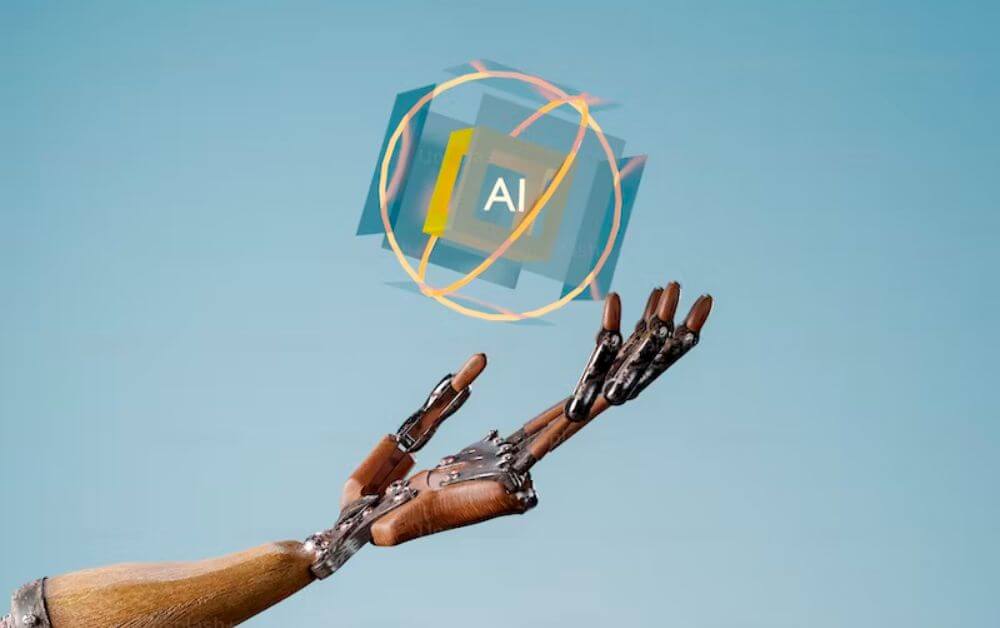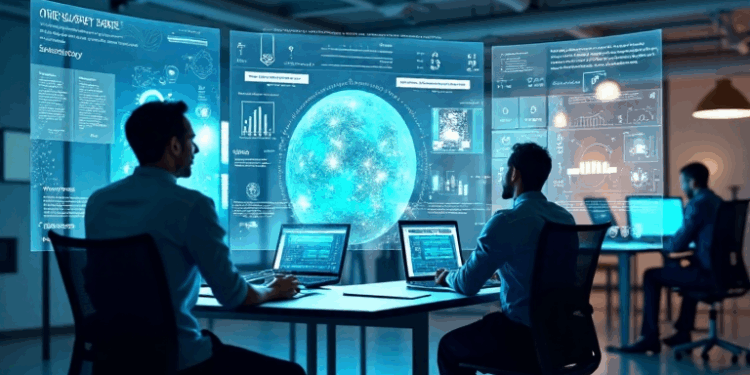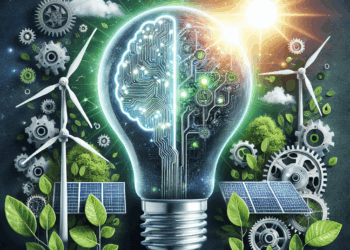The global workforce stands on the precipice of a seismic transformation, driven by the relentless march of artificial intelligence and automation. This is not a future possibility; it is a present reality reshaping industries, redefining job roles, and demanding a new set of skills. While historical technological revolutions—from the steam engine to the internet—have consistently created more jobs than they destroyed in the long run, the pace and scope of AI’s impact are unique. It is not just about automating manual labor; it’s about augmenting and, in some cases, replacing cognitive tasks previously thought to be exclusive to humans. The question is no longer whether AI will change the workforce, but how we will adapt to this new era of intelligent machines.
The shift is fundamentally about a change in our relationship with work. Routine, repetitive tasks that have long been the foundation of countless jobs are now the most vulnerable. This includes data entry, basic clerical work, and predictable manufacturing processes. The efficiency gains are undeniable; businesses can reduce costs, increase productivity, and minimize human error. However, this transition requires foresight and strategic planning from individuals, corporations, and governments. The future workforce will be a hybrid one, where human creativity, emotional intelligence, and critical thinking are not just valued but are the key to unlocking new economic potential alongside our automated partners. Understanding this symbiotic relationship is crucial for thriving in the years to come.
A. The Current State of Automation Across Industries
AI and automation are no longer confined to science fiction labs; they are actively deployed across a wide range of sectors, each experiencing a unique evolution.
- Manufacturing and Logistics: This sector has been an early adopter. Robots now perform precision tasks on assembly lines, and AI-powered systems manage complex supply chains, predicting demand and optimizing delivery routes. Drones and autonomous vehicles are revolutionizing last-mile delivery. The human role is shifting from manual labor to overseeing, maintaining, and programming these sophisticated systems.
- Customer Service and Retail: AI-powered chatbots and virtual assistants handle a growing share of customer inquiries, providing instant, 24/7 support. In physical retail, automated checkouts and inventory management systems are becoming standard. This frees up human staff to focus on more complex, personalized customer interactions and problem-solving.
- Healthcare: AI is transforming diagnostics, drug discovery, and patient care. Algorithms can analyze medical images (like X-rays and MRIs) with greater accuracy than the human eye, helping doctors identify diseases earlier. Robotic-assisted surgery is becoming more precise, and automated lab analysis speeds up results. The future of healthcare will involve a close partnership between medical professionals and AI tools.
- Finance and Accounting: Automation is streamlining routine financial tasks such as data entry, reconciliation, and compliance reporting. AI-driven algorithms are used for high-frequency trading, fraud detection, and personalized financial planning. This has created demand for financial professionals who can interpret AI-generated insights and provide strategic advice to clients.
- Creative and Knowledge-Based Work: Even fields traditionally considered immune to automation are being affected. Generative AI tools can create compelling text, images, and music. While this doesn’t replace human creativity, it fundamentally changes the creative process. A graphic designer might use AI to generate multiple initial concepts in seconds, then apply their human judgment and artistic vision to refine the best one.
B. The New Skill Set for the Future Workforce
As routine tasks are automated, the skills that will be most in demand are those that machines cannot replicate. The focus must shift from technical competence in a specific task to a broader range of abilities.
- Creativity and Innovation: AI can produce art, but it cannot conceive the initial, groundbreaking idea that a human mind can. The ability to think divergently, connect disparate concepts, and solve problems in novel ways will become a cornerstone of success. Innovation will be a uniquely human domain.
- Critical Thinking and Problem-Solving: With AI providing a wealth of information and potential solutions, the ability to analyze, evaluate, and synthesize data to make informed decisions is paramount. Humans will be needed to identify the right problems to solve and to ensure AI recommendations are ethically and strategically sound.
- Emotional Intelligence and Interpersonal Skills: AI lacks the capacity for empathy, compassion, and nuanced communication. Roles requiring complex human interaction—such as leadership, negotiation, customer relations, and therapy—will become even more vital. The “human touch” will be a key differentiator in a world of automated services.
- Data Literacy and AI Fluency: While not everyone needs to be a data scientist, a foundational understanding of how AI works and how to effectively use AI tools will be crucial. This involves knowing how to query an AI, interpret its output, and understand its limitations and biases.
- Adaptability and Lifelong Learning: The single most important skill for the future workforce is the ability to learn and adapt. The pace of technological change means that skills acquired today may be obsolete in five years. Individuals must embrace a mindset of continuous upskilling and reskilling to remain relevant.
C. The Challenge of Job Displacement and Economic Inequality
The transition to an AI-driven workforce is not without its challenges. The potential for job displacement, particularly for low-skilled workers, is a serious concern that must be addressed through a combination of public and private initiatives.
- Structural Unemployment: As certain jobs disappear, affected workers may not have the skills to transition into new, high-demand roles. This can lead to structural unemployment, where there are jobs available, but the workforce lacks the necessary qualifications. This issue is particularly acute for older workers who may find it harder to retrain.
- Widening Inequality: The “skill-biased technological change” argument suggests that AI will primarily benefit highly skilled workers who can leverage AI tools, while low-skilled workers will see their wages stagnate or decline. This could exacerbate existing economic inequality, creating a significant societal divide.
- The “Human in the Loop” Problem: While AI can automate tasks, a human is often still required to supervise the AI to correct errors, handle edge cases, and ensure ethical behavior. These “human-in-the-loop” jobs may be tedious and poorly compensated, raising new questions about the nature of work.
- The Future of the Social Contract: As traditional employment models shift, society may need to reconsider its social contract. Ideas like Universal Basic Income (UBI) are being debated as a potential safety net to provide a baseline level of income as the nature of work evolves.

D. Strategic Adaptation for a Human-AI Future
Navigating this transition requires a multi-faceted strategy involving individuals, companies, and governments. Proactive measures are essential to ensure a prosperous and equitable future.
- For Individuals: A. Embrace New Learning Models: Look beyond traditional degrees. Online courses, nanodegrees, and vocational training programs offer flexible ways to acquire new, in-demand skills in AI, data analytics, and cloud computing. B. Build Your “Human” Portfolio: Actively seek opportunities to develop and showcase skills that are uniquely human. Take on leadership roles, work on collaborative projects, and volunteer to build your emotional intelligence and communication skills. C. Become an AI Partner: View AI not as a competitor but as a powerful tool. Learn how to use AI to make your work more efficient, accurate, and creative. The most successful professionals will be those who can effectively partner with AI.
- For Businesses: A. Invest in Employee Reskilling: The most forward-thinking companies are not just automating; they are investing in their people. Create internal training programs to upskill employees for new roles created by automation. B. Foster a Culture of Innovation: Encourage a culture where employees are comfortable experimenting with new technologies. This can lead to unexpected innovations and help the company stay ahead of competitors. C. Prioritize Ethical AI Deployment: Develop and adhere to clear ethical guidelines for the use of AI. Ensure that AI systems are fair, transparent, and accountable to build trust with customers and employees.
- For Governments and Educators: A. Reform Education Systems: Education must shift its focus from rote memorization to critical thinking, problem-solving, and collaboration. Curricula should be updated to include data literacy and AI fundamentals from an early age. B. Establish a Social Safety Net: Explore new policies to support workers affected by automation. This could include expanded unemployment benefits, retraining subsidies, and, in some cases, a re-evaluation of social welfare systems. C. Promote AI for Public Good: Governments can incentivize the use of AI to solve pressing societal problems, such as climate change, disease outbreaks, and infrastructure management, ensuring the technology benefits everyone.
In conclusion, the fusion of AI and automation presents humanity with one of its greatest challenges and opportunities. The future of the workforce is not a pre-determined path but a landscape we are actively shaping. By focusing on uniquely human skills, fostering a culture of continuous learning, and implementing thoughtful policies, we can steer this revolution toward a future where technology empowers humanity, creating a more productive, innovative, and equitable world for all.







